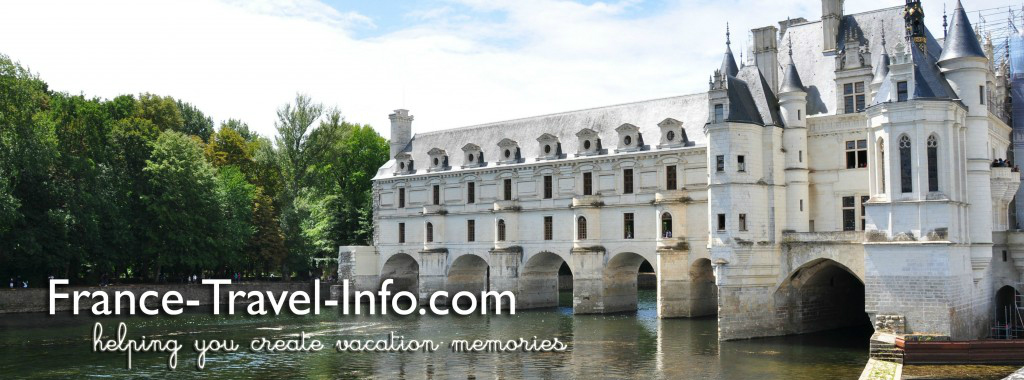Fountain of Innocents – Place Joachim-du-Bellay

Fountain of Innocents
The air blows damp and fresh while I sit in the shade of the tree and people watch. The remembrance of the history that drew me here to begin with lies beneath our feet. Here was once Paris’ oldest and largest cemetery, lying outside the city walls, Cemetière des Saints-Innocents. This cemetery grew from a state of orderliness to a place of mass burials. A place where pits for bodies were opened and not closed until at last they held the remains of approximately 1500 Parisians.
Fountain of Innocents ‘ Past
One month saw 50,000 interments due to the plague in Paris. During the Reign of Terror, bodies were even dumped around the edges of the cemetery. Ultimately, the bodies reached to the top of the 3 meter walls. The pressure became so intense that in the 1770s a cellar wall of a nearby pub caved in from the weight of the bodies.
Finally in 1772 Louis XVI closed the Cemetière des Saints-Innocents along with other cemeteries within the city walls and the cemeteries of Montmartre, Père Lachaise, Passy and later on Montparnasse were built outside the city walls. What happens to a cemetery after it is closed? Where did it all go – only this beautiful square and fountain exist now. All the bodies were moved to the Catacombs and it is at that point that Andrew Miller’s novel Pure begins.
Miller’s book is what instilled in me the desire to search out Place Joachim-du-Bellay where the Fountain of Innocents reigns. Miller begins his story with the man who was tasked with dismantling the cemetery… Through his character I was drawn into the 1700s and got an up-close and personal view of the sights and smells through Miller’s vivid descriptions. By the end of the book I felt as though I had been there and that is why I knew I had to see it in person.

Enjoying the fountain spray on a windy day while studying the nymphs.
The Fountain Today
The 16th century fountain we see today in the center of the square once rested against the cemetery wall. At that point in its history it was called La Fontaine des Nymphes (Fountain of Nymphs: according to Greek and Latin mythology nymphs never grow old and die and are in general regarded as divine spirits of nature). Below are the nymphs that appear on one of the four sides.

Nymphs on the Fountain of Innocents
When the cemetery and church were no more, the fountain was moved to the center of the square. The fountain is a gathering place for both locals and tourists and it is not far from Saint-Eustache church.
Dining on the Square
I highly recommend this square with its beautiful fountain as a wonderful place to enjoy lunch or dinner. Even though the day began cold and rainy, eating on the square was pleasant and relaxing at the foot of the fountain. The heaters kept the enclosed terrace warm and cozy. By the time I was finished with lunch, the sun was shining and the temperatures were rising.

Place Joachim-du-Bellay
Bordered by rue des Innocents and rue Saint-Denis, the closest metro stop to the Fountain of Innocents is Châtelet. Lines 1,4,7,11 and 14 intersect at this metro .


Leave a Reply